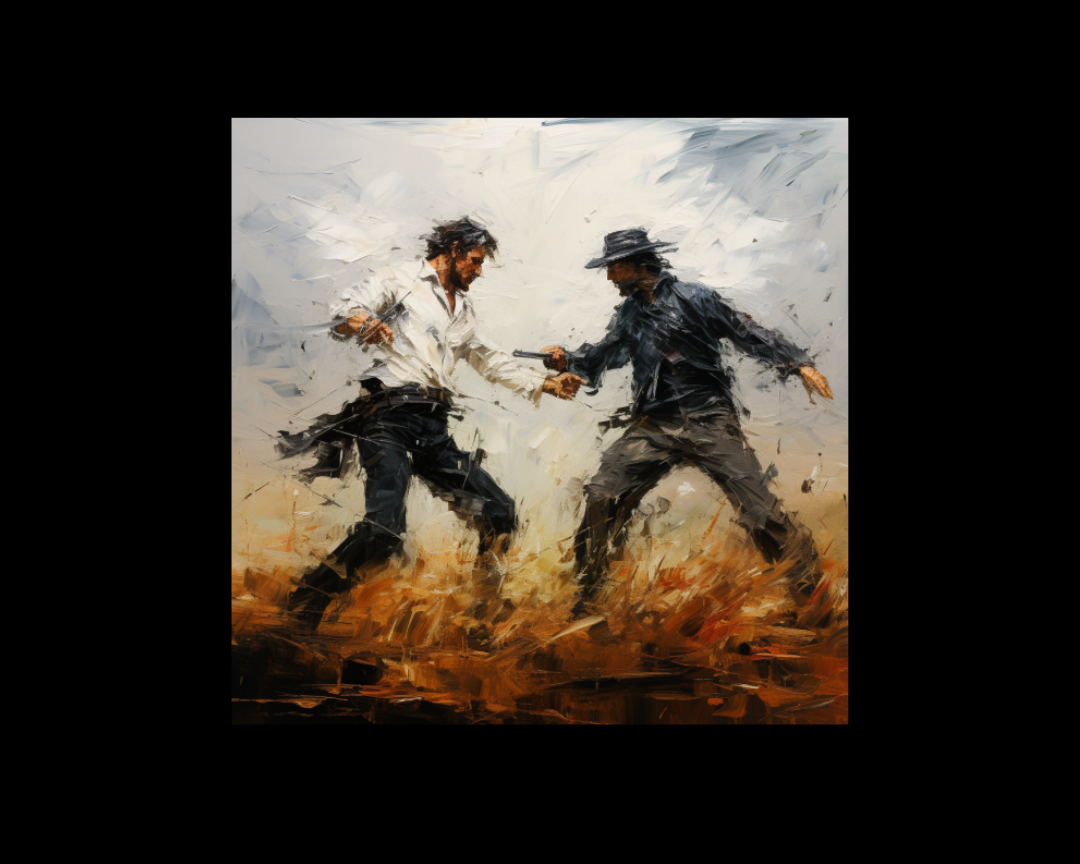Tips to Write Fight Scenes
Whether you're writing a thrilling action-packed novel or a fantasy epic, the ability to create engaging fights is a valuable asset. In this article,...
2 min read
 Writing Team
:
Jul 29, 2024 5:50:56 PM
Writing Team
:
Jul 29, 2024 5:50:56 PM
-2.png)
As seasoned writers, we understand that the art of crafting compelling scenes is at the heart of engaging storytelling. Goal-driven scenes, in particular, are the engines that propel our narratives forward, creating a rhythm of tension and release that keeps readers turning pages. Let's delve deeper into the intricacies of these scenes, exploring how we can elevate our craft to create truly masterful storytelling.
While we know the importance of a clear scene goal, the challenge for advanced writers lies in presenting this goal with subtlety and depth. Consider layering your character's immediate agenda with subtext, conflicting desires, or hidden motivations. For instance, if your protagonist enters a scene intending to confront a colleague about stolen ideas, perhaps there's an underlying desire for validation or a fear of confrontation that colors their approach.
For expert writers, the turning point is an opportunity to showcase your mastery of narrative tension. Instead of relying on obvious conflicts or obstacles, consider more nuanced disruptions that challenge not just the character's immediate goal, but their worldview or self-perception.
The aftermath of a turning point is where advanced writers can truly shine. Instead of merely showing external changes, delve into the psychological ripple effects of the scene's events. How does this moment alter the character's perception of their overall quest? How might it reshape their relationships or self-image?
As experienced writers, we must guard against more subtle issues that can undermine our scenes:
Master writers understand that individual scenes are part of a larger tapestry. Consider how your goal-driven scenes create a rhythm throughout your narrative. Vary the intensity, pacing, and emotional tone of these scenes to create a compelling overall structure.
By mastering these advanced aspects of goal-driven scenes, we can create stories that not only engage readers but also offer rich, multilayered experiences that resonate long after the final page. Remember, at this level of craft, it's not just about following a formula, but about using these principles as a foundation for true artistic expression in our storytelling.

Whether you're writing a thrilling action-packed novel or a fantasy epic, the ability to create engaging fights is a valuable asset. In this article,...
.png)
Within the intricate tapestry of stories, characters encounter a multitude of obstacles. These hurdles come in diverse forms and intensity levels,...
.png)
Characters are individuals who want something, and these desires can be categorized into two distinct types: the character's intrinsic wish...